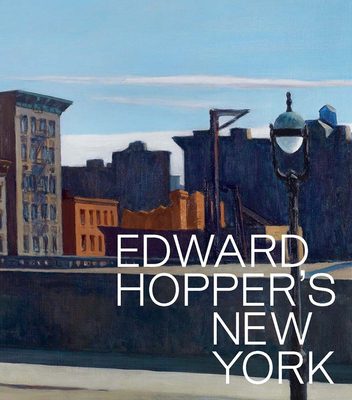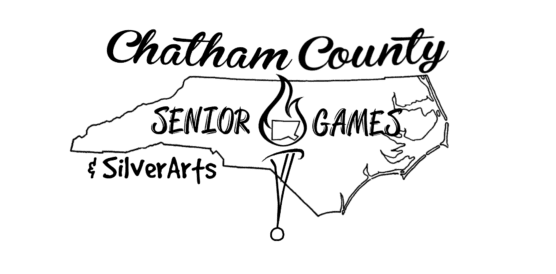As someone who has always been fascinated by light, architecture, and quiet spaces, I recently revisited the book Edward Hopper’s New York, published by the Whitney Museum of American Art. This book is more than just a catalog of Hopper’s work; it offers a deep exploration of how New York City influenced his artistic vision and, in turn, how he reshaped our perception of the modern city.
Hopper did not depict the bustling, noisy side of New York. Instead, he focused on the overlooked and often isolating corners of urban life: a lone figure by a window, a sunlit office on a quiet Sunday, or a diner illuminated against the night. His interpretation of New York is sparse, psychological, and beautifully composed.
What stands out most to me is his sculptural use of light. It is not just illumination; it simultaneously embodies character, silence, and tension. In my work, I aim to reflect Hopper’s skill in suggesting narrative through composition and shadow.
Several fellow artists have even compared my Pittsboro Nightscapes series to Hopper’s Nighthawks, not in subject matter but in mood—the glow of a lone streetlamp, the quiet of a closed storefront, and the reflective stillness of a town winding down. I consider that comparison one of the highest compliments I could receive.
Edward Hopper’s New York is a powerful resource for anyone who appreciates urban solitude, dramatic lighting, or the intersection of realism and poetry. It reminds us that sometimes the most powerful photographs—and paintings—are those that communicate with the quietest voice.



